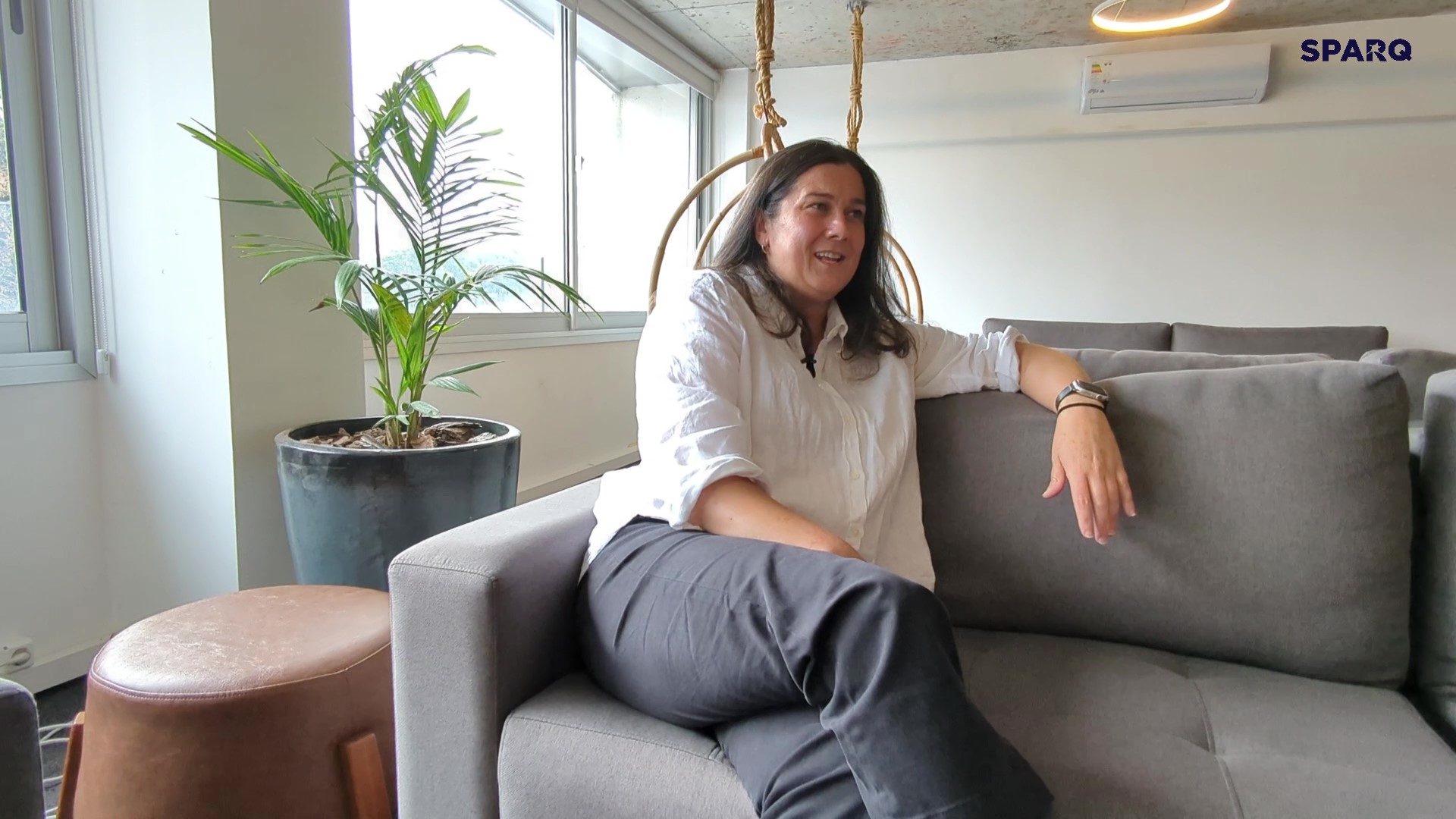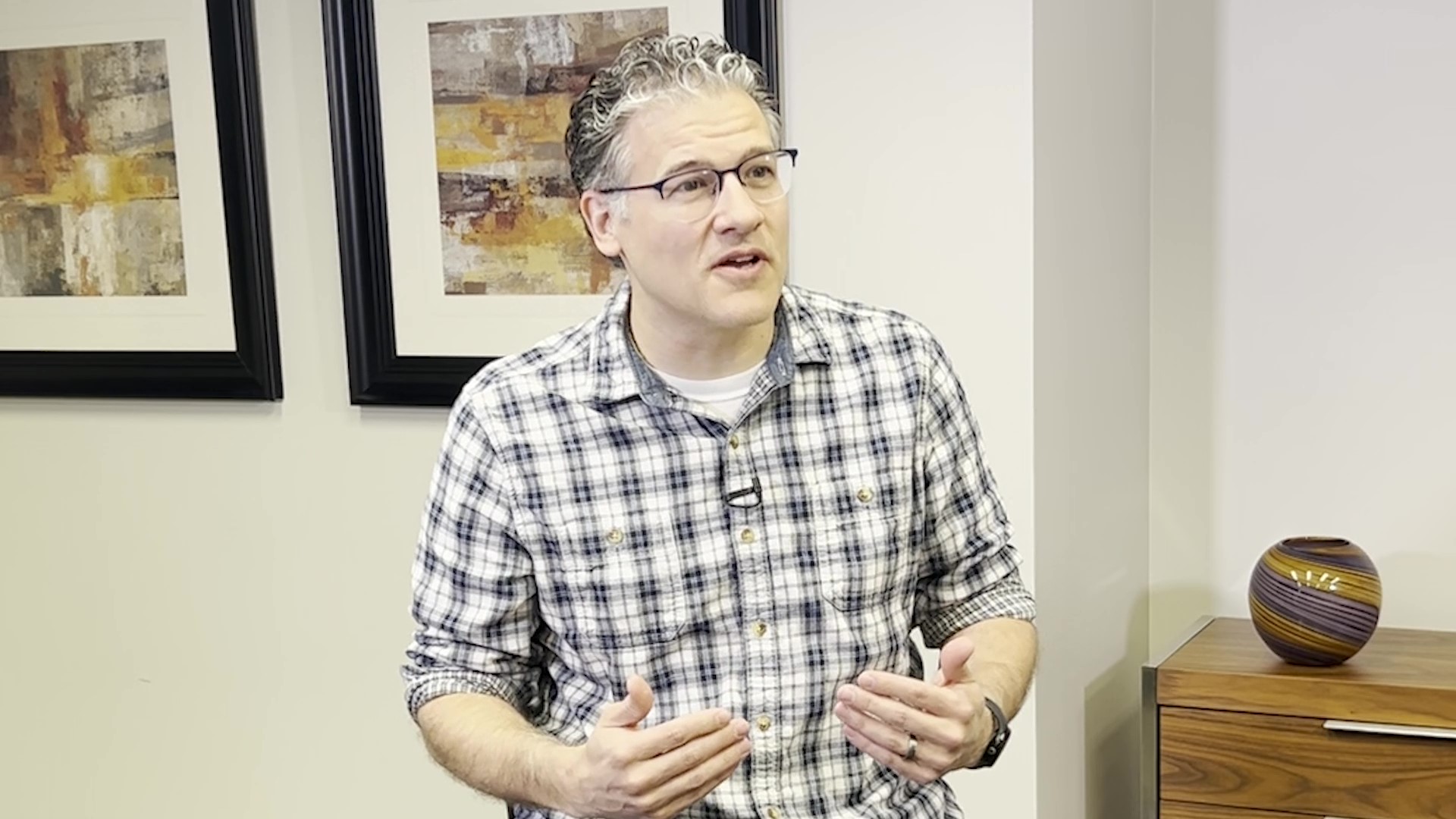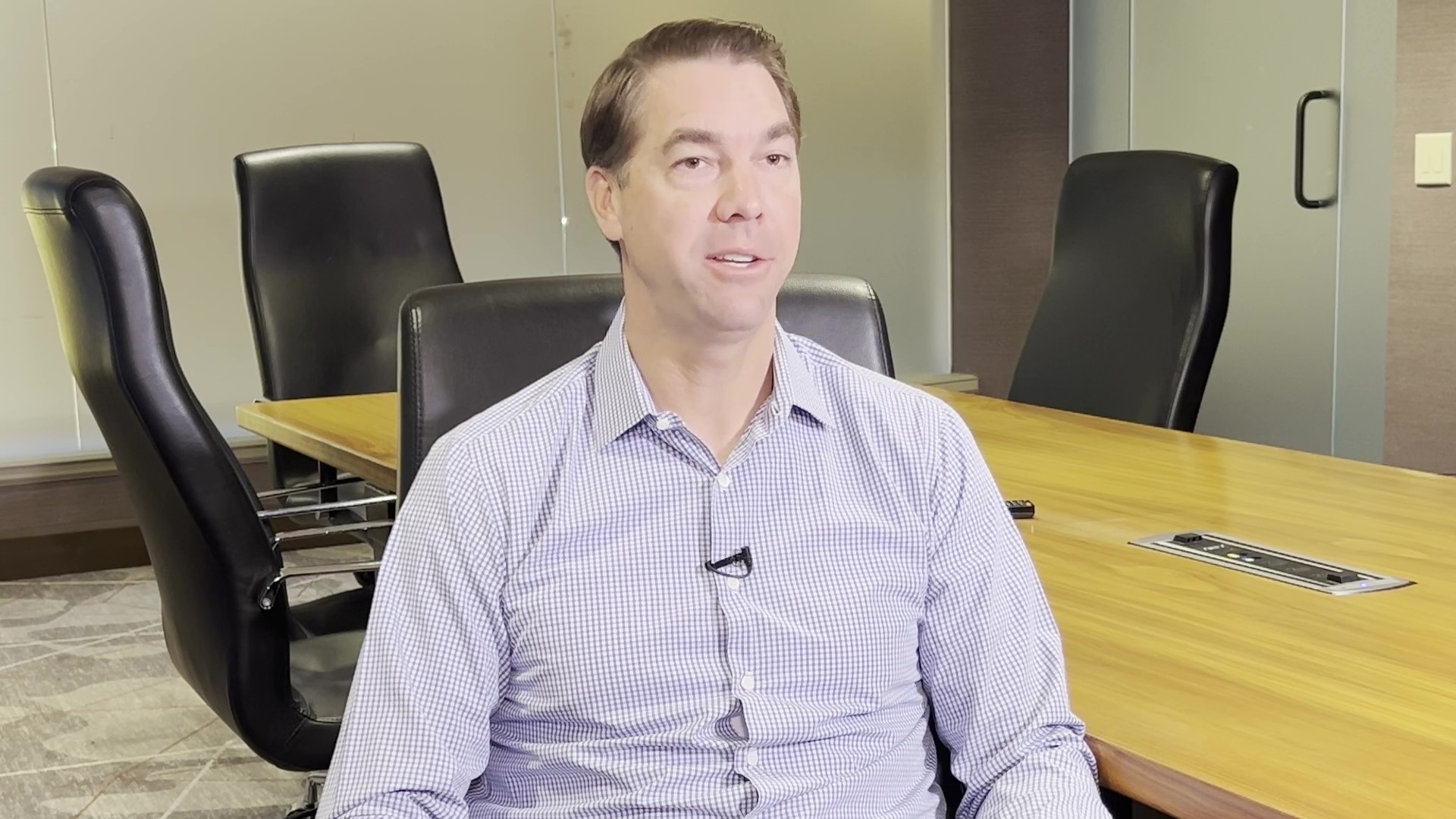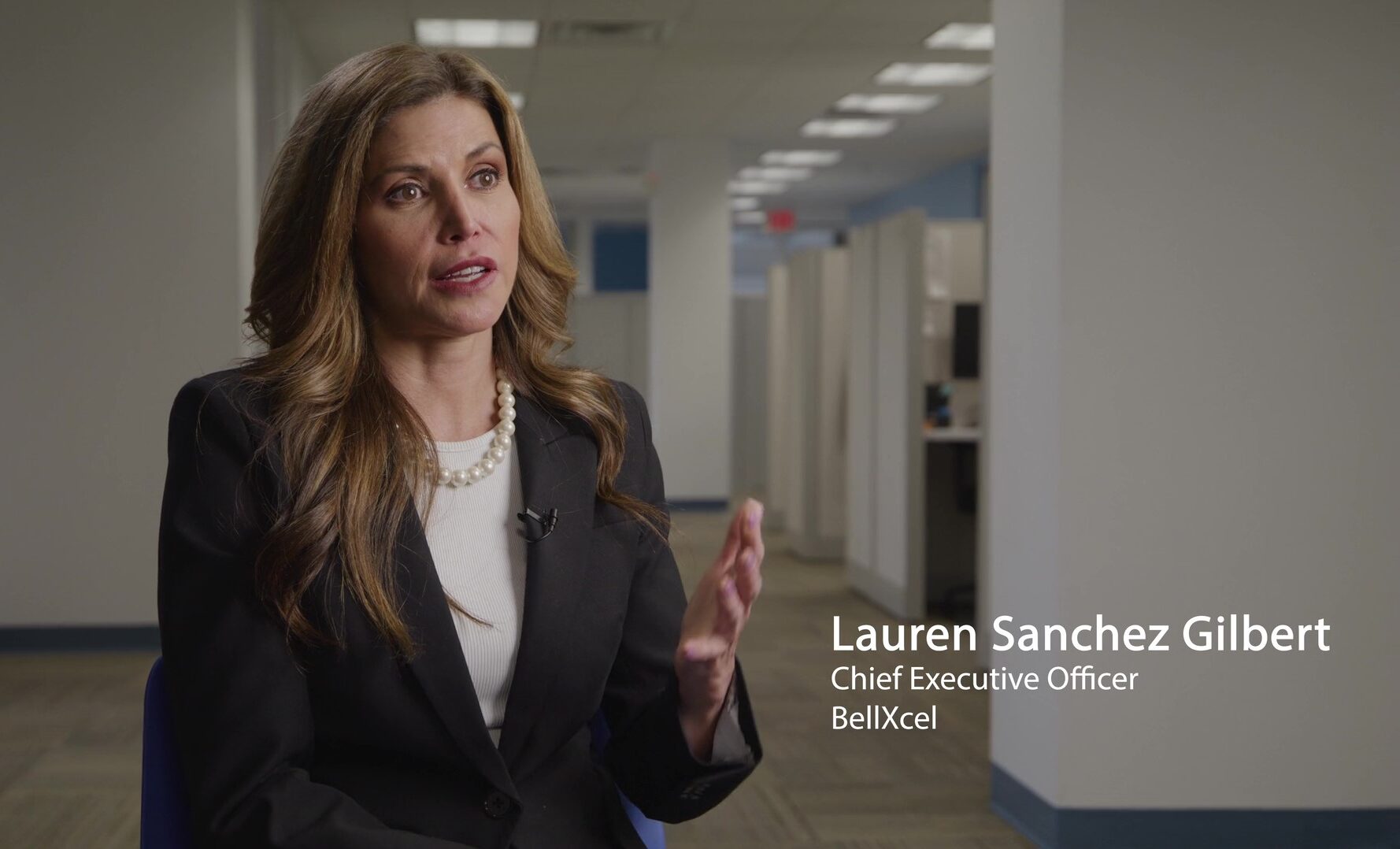A working agreement is a set of statements that dictates how your team works together. Since every individual and every team is different, having this set of statements can help the team communicate more effectively. In this Tech in 2, Josh Schanke shares some important questions to ask your team so you can develop your own working agreement.
Working agreements are a set of statements that outline how your team collaborates. Given the unique qualities of individuals and teams, having these statements that define collaborative practices becomes vital. When expectations are unclear, and you’re unsure of what to anticipate from your teammates, it can lead to resentment and erode trust. Working agreements address these issues and offer greater clarity.
Creating working agreements is a straightforward process, usually taking about an hour. It typically begins by asking each team member, “What’s your optimal work style?” Each person then responds with their preferences, such as, “I work best when I have headphones on and can focus.” These responses are then consolidated to form a set of standards that guide the team’s interactions.
Common elements in these agreements include defining core working hours, like scheduling meetings between 9 AM and 3 PM when everyone is available. Determining communication platforms like Slack, Teams, or Email is crucial. Setting expectations for response times on Slack also helps streamline communication.
I’ve personally utilized working agreements in the past five years across various teams. They serve as powerful communication tools, tackling one of the toughest challenges in software development: effective communication. Enhancing communication clarity greatly benefits the development process.
Ultimately, the goal is to cultivate empathy and establish transparent expectations within the team. Being on the same page enhances software development, making it more efficient and effective.

zSpace Client Showcase
zSpace is a tech company that provides immersive learning experiences using virtual and augmented reality. In this client showcase, Jill Donnelly, Director of Strategic Initiatives at zSpace, discusses why they chose to work with Sparq (after interviewing over 20 potential partners!) and how invaluable our "team perspective" has been to their organization.

AI in UX
For Principal Consultant and UX Design Lead Joe Dallacqua, how to utilize AI in UX is a conversation he’s having every day. In this Tech in 2, Joe shares three ways he’s seeing AI help UX designers become not only more efficient, but more creative as well.

Personalization in Insurance
With so much data at their fingertips, insurers have an exciting opportunity to create a more personalized customer experience. In this Tech in 2, Client Partner John Suminski discusses how when data and the right technologies come together, this synergy can create highly personalized products and pricing.

BellXcel Client Showcase
BellXcel is a nationally-recognized nonprofit that empowers youth program providers with innovative solutions, services and resources that create meaningful impact. Learn how we partnered to build key functionality for the Arly platform, which has successfully reached over 100,000 scholars.
